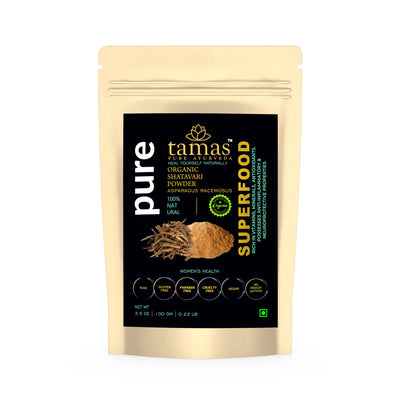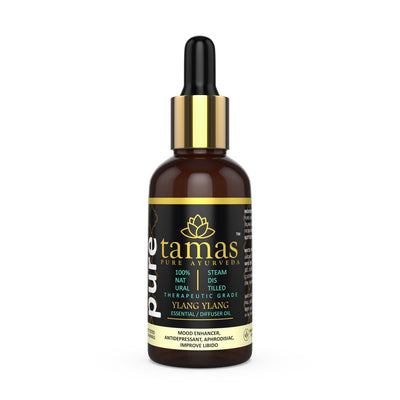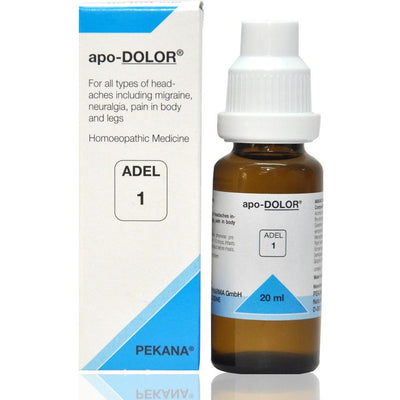
Kanakasavam
Kanakasavam - An Ayurvedic Medicine For Asthma
Kanakasavam is an Ayurvedic formulation that works as an expectorant, bronchodilator and anti-spasmodic. It’s used as an asthma treatment in Ayurveda. The herbs used in this formulation also make it an allergic rhinitis treatment in Ayurveda.
Ingredients
Asthma is a condition when the airways of the lungs are chronically inflamed. When there is an asthma attack, the person’s airways get swollen and constricted and result in breathing difficulties, wheezing and tightness of the chest. This is a chronic disease and people who suffer from asthma have to be always vigilant to avoid known triggers of asthma attacks. They also take medication to help with the condition and carry emergency medication to help when there is an asthmatic attack. Kanakasavam is an Ayurvedic medicine for asthma. It has a mixture of traditional herbs that are also used as an Ayurvedic medicine for allergic rhinitis.
Western Medicine And Asthma
The Ayurvedic Perspective Of Asthma
Any kind of disease that affects breathing is called Swasa Roga in Ayurveda. Ayurveda defines three Doshas that govern the proper functioning of a person’s body. When the Doshas are imbalanced they cause health problems. Ayurveda traces the cause of Swasa Roga to problems with the Vata and Kapha Doshas. Tamaka Swasa is the term that is used for bronchial asthma. Ayurveda defines the causes of Tamak Swasa as
Since the Ayurvedic system traces the problem in the lungs to its beginnings in the stomach, the treatment aims to move the Kapha back to the stomach from which it’s to be eliminated.
Ayurveda looks at the health of a person from a perspective that encompasses the mind, body and spirit. It defines five Koshas that are the Anamaya Kosha (the physical body), Pranaymaya Kosha (the breath body), Manomaya Kosha (the mind), Vijnanamaya Kosha (the psyche) and the Anandamay Kosha (the bliss body). These five factors should also be well balanced to attain good health.
Asthma and Koshas are also related. The physical body is affected by the tightening up of the lungs and the breath body is affected by the inability of the Prana or the breath to flow.
Anamayakosha - The person with asthma has trouble breathing, and the breath becomes very shallow. The lungs tighten up, and the air sacs do not expand. Fear, anger, stress and depression affect the asthmatic person. The psyche and the bliss body are affected by the asthmatic person’s inability to connect to the life force.
Ayurveda treats asthma by balancing the affected Doshas. The person has to make lifestyle changes as well as correct the other factors involving emotions and the mind to resolve the Kosha blockages. Panchkarma treatment can be given to patients who are strong enough. Dietary recommendations are made based on the affected Doshas.
Kanakasavam - An Ayurvedic Medicine For Asthma
Kanakasavam is an Ayurvedic formulation that works as an expectorant, bronchodilator and anti-spasmodic. It’s used as an asthma treatment in Ayurveda. The herbs used in this formulation also make it an allergic rhinitis treatment in Ayurveda.
Ingredients
Kanaka (Datura metel)
|
Vasa (Adathoda vasica)
|
Nagakesara (Messua ferrea)
|
Kantakari (Solanum surratense)
|
Bharngi (Clerodendron serratum)
|
Talisapatra (Abbies webbiana)
|
Dhataki (Woodfordia fruticosa)
|
Yashtimadhu (Glycyrrhiza glabra)
|
Sarkara (Sugar)
|
Draksha (Vitis vinifera)
|
Sunthi (Zingiber officinale)
|
Madhu (Honey)
|
Pippali (Piper longum)
|
Western Medicine And Asthma
- Western medicine has no cure for asthma. It relies on medication to treat symptoms of an asthma attack and lifestyle changes to better manage the disease.
- Asthma most commonly starts during childhood but can affect adults as well. The risk of being asthmatic is higher if you have a relative who suffers from the condition. A person is also at a higher risk of asthma if they have suffered from a viral related respiratory illness during childhood or have been exposed to cigarette smoke or harmful chemicals.
- Western medicine classifies asthma into two types; T2 high or non-T2 ( or T2 low).
- When asthma is due to allergic reactions it’s called allergic or eosinophilic asthma. This is a T2 type of asthma. This type of asthma is more common in families that have a history of allergic conditions such as skin or food allergies. It usually gets better as children grow into adults. However, this could appear later. Allergic asthma can sometimes cause elevated levels of eosinophils in blood or sputum. The T2 high type of asthma is more common and generally easier to treat. Elevated nitric oxide levels in the body are also a sign of this type of inflammatory asthma.
- Non-T2 asthma is not as common as allergic asthma and is more difficult to treat. This type of asthma is associated with obesity and is also referred to as neutrophilic asthma.
- Each person has different triggers for an asthma attack but the most common ones are exposure to allergens (such as dust, animals, mould, pollen), exercise and infections. Some people get triggered by extreme emotion, extreme temperatures or odours.
- Treatment of asthma in Western medicine aims to control the symptoms of the attack, maintain normal lung function and ability to live a normal life, minimise the risk of asthma attacks or the condition worsening.
- Western medicine uses inhalers to dispense inhaled corticosteroids (ICS) to contain and control inflammation. A long-acting bronchodilator (LABA) helps to maintain normal breathing. Increased sputum production using anticholinergic agents or antimuscarinic agents. Treatments also use corticosteroids and systemic steroids
The Ayurvedic Perspective Of Asthma
Any kind of disease that affects breathing is called Swasa Roga in Ayurveda. Ayurveda defines three Doshas that govern the proper functioning of a person’s body. When the Doshas are imbalanced they cause health problems. Ayurveda traces the cause of Swasa Roga to problems with the Vata and Kapha Doshas. Tamaka Swasa is the term that is used for bronchial asthma. Ayurveda defines the causes of Tamak Swasa as
- Eating dry, cold or heavy food that is incompatible with the person’s body type. Too much food that aggravates the Kapha Dosha.
- Irregular eating habits
- Excessive intake of seafood, beans, and black gram
- Too much exercise or sexual activity
- Suppression of the natural bodily urges
- Exposure to cold climate or allergens such as dust and smoke
- Physical trauma to any part of the respiratory system, throat or chest
Since the Ayurvedic system traces the problem in the lungs to its beginnings in the stomach, the treatment aims to move the Kapha back to the stomach from which it’s to be eliminated.
Ayurveda looks at the health of a person from a perspective that encompasses the mind, body and spirit. It defines five Koshas that are the Anamaya Kosha (the physical body), Pranaymaya Kosha (the breath body), Manomaya Kosha (the mind), Vijnanamaya Kosha (the psyche) and the Anandamay Kosha (the bliss body). These five factors should also be well balanced to attain good health.
Asthma and Koshas are also related. The physical body is affected by the tightening up of the lungs and the breath body is affected by the inability of the Prana or the breath to flow.
Anamayakosha - The person with asthma has trouble breathing, and the breath becomes very shallow. The lungs tighten up, and the air sacs do not expand. Fear, anger, stress and depression affect the asthmatic person. The psyche and the bliss body are affected by the asthmatic person’s inability to connect to the life force.
Ayurveda treats asthma by balancing the affected Doshas. The person has to make lifestyle changes as well as correct the other factors involving emotions and the mind to resolve the Kosha blockages. Panchkarma treatment can be given to patients who are strong enough. Dietary recommendations are made based on the affected Doshas.
You may also like
More from Kerala Ayurveda
More from Aasaan
Recently viewed



















